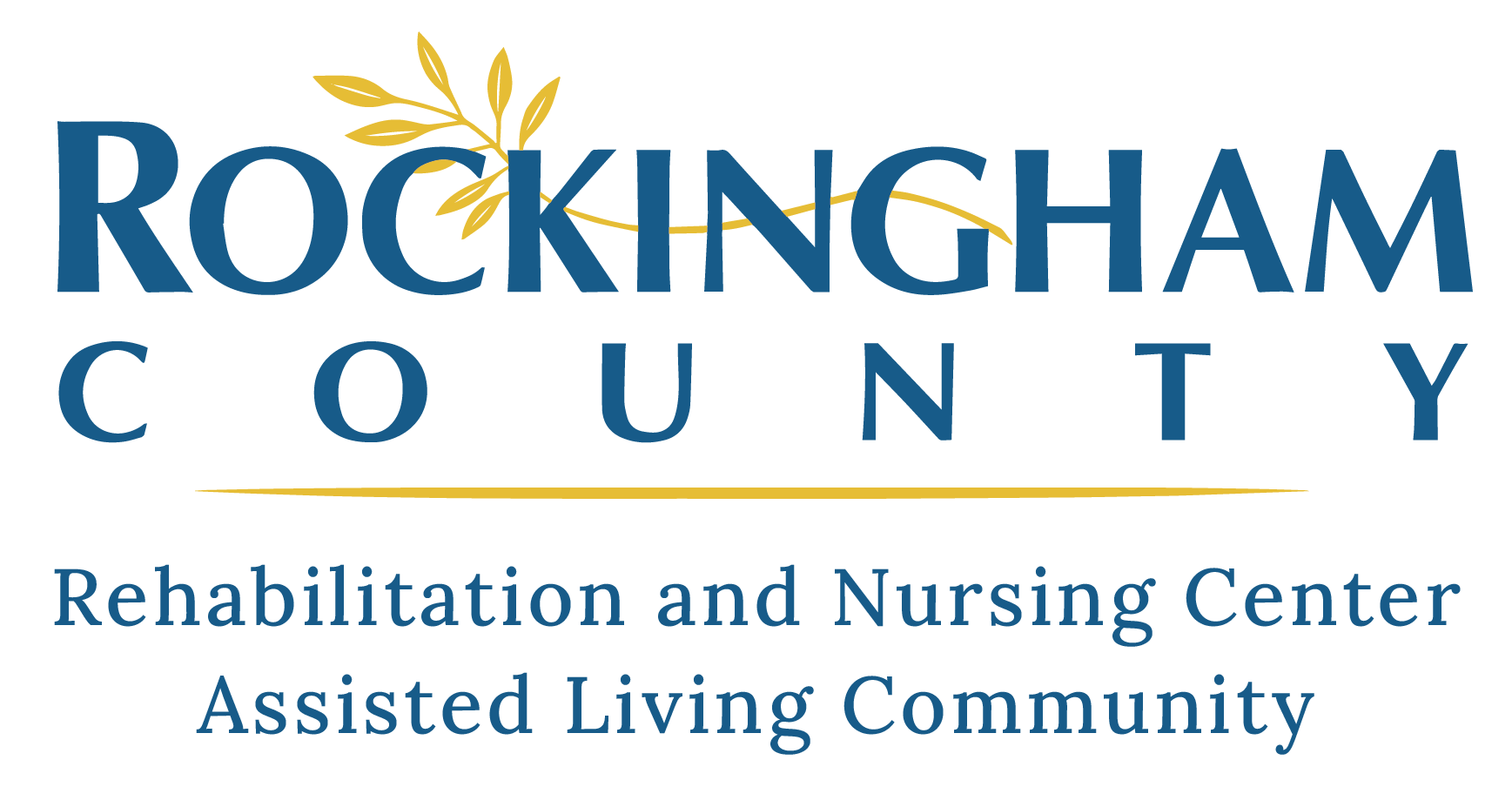Older adults are often admitted to a short-term skilled rehabilitation center following a surgery, accident, or illness. Short-term rehabilitation centers offer a supportive environment where patients can safely regain their strength and mobility under the care of licensed professionals. Rehabilitation centers are residential spaces that often include a suite of amenities such as life enrichment programming, 3 meals a day, and therapeutic services.
Discharge planning is a crucial element of care at a short-term skilled rehabilitation center for seniors. It involves creating a comprehensive plan to ensure a smooth transition from the center to the patient’s home or a long-term care community. The goal of discharge planning is to ensure that patients receive the necessary support and resources to continue their recovery and maintain their health. Effective discharge planning can reduce the risk of hospital readmissions and promote older adults’ overall health and well-being.
When does discharge planning take place?
Discharge planning typically begins as soon as the patient is admitted to a short-term rehabilitation center. The discharge planning process continues throughout the patient’s stay at the center, with regular assessments and adjustments made as needed. The goal is to ensure that the patient is prepared for a successful transition to their next setting of care. By thinking about a discharge plan on day one, rehabilitation centers help short-term rehab patients take control of their lives and get back to the activities they love sooner.
Who is involved in the discharge planning process?
The primary team members involved in the discharge planning process include the patient, their family or caregivers, the physician, nursing staff, social workers, and rehabilitation therapists. Each member plays a pivotal role in the process, with the goal of providing the patient with the best possible care and support as they move forward.
Physicians are responsible for overseeing the patient’s medical care, reviewing their progress and assessing their readiness for discharge. Nursing staff provide 24-hour care and support, monitor the patient’s vital signs and administer medications. The social workers assist with the coordination of services and resources, such as home health care, transportation, and financial assistance. Finally, the rehabilitation therapists work with the individual to develop a plan for recovery and continuing care, including physical therapy, occupational therapy, and speech therapy.
Together, these professionals work closely with the individual and their caregivers to create a comprehensive plan that addresses the person’s unique needs and circumstances. This may include arranging follow-up appointments, providing education and training on medications and self-care, and ensuring that the patient has the necessary resources and support to continue their recovery after leaving the skilled nursing center.
This collaborative, person-centered approach allows for a more thoughtful discharge process and minimizes the risk of re-hospitalization.

What’s included in a successful discharge plan?
The goal of discharge planning is to empower patients and their families with the knowledge and resources they need to continue their care journey with confidence.
Some patients may be discharged back to their homes. This plan may involve arranging a range of services, such as home health care, physical therapy, occupational therapy, or speech therapy. Adult day programs are another valuable resource for older adults who require assistance with daily activities but do not need 24-hour care.
Other patients may plan to move to a different care setting, such as an assisted living, memory care community, or nursing home. In this case, the discharge planning team would work with organization’s admissions department to ensure a successful transition.
The discharge plan can include education on medication management, wound care, and other necessary skills to ensure a successful recovery. It may also include recommendations for assistive devices, such as walkers or wheelchairs, or modifications to the patient’s home to improve safety and accessibility.
In addition to medical and rehabilitation needs, the discharge plan may also address the patient’s social and emotional wellbeing. This could include information about any counseling or support groups the patient may benefit from, as well as assistance with arranging transportation or housing if necessary.
By providing a roadmap for the patient’s ongoing care, the discharge plan can help to ensure a smooth transition and improve outcomes for the patient.
Successful transitions at Rockingham County
Discharge planning is an essential part of the care provided we provide at Rockingham County Rehabilitation and Nursing Center. Our rehabilitation services at our 5-star rated community have an established history of dedicated patient care. Our therapy partners offer a depth of professionalism and experience that distinguishes our programs from many others.
Physical therapists, occupational therapists, and speech therapists are just a few of the experts who are involved in our residents’ care. With a focus on safety and compassion, these skilled professionals help seniors recover and regain their independence so they can live their best lives.
Learn more about us here: www.rockinghamcountyseniorliving.com


